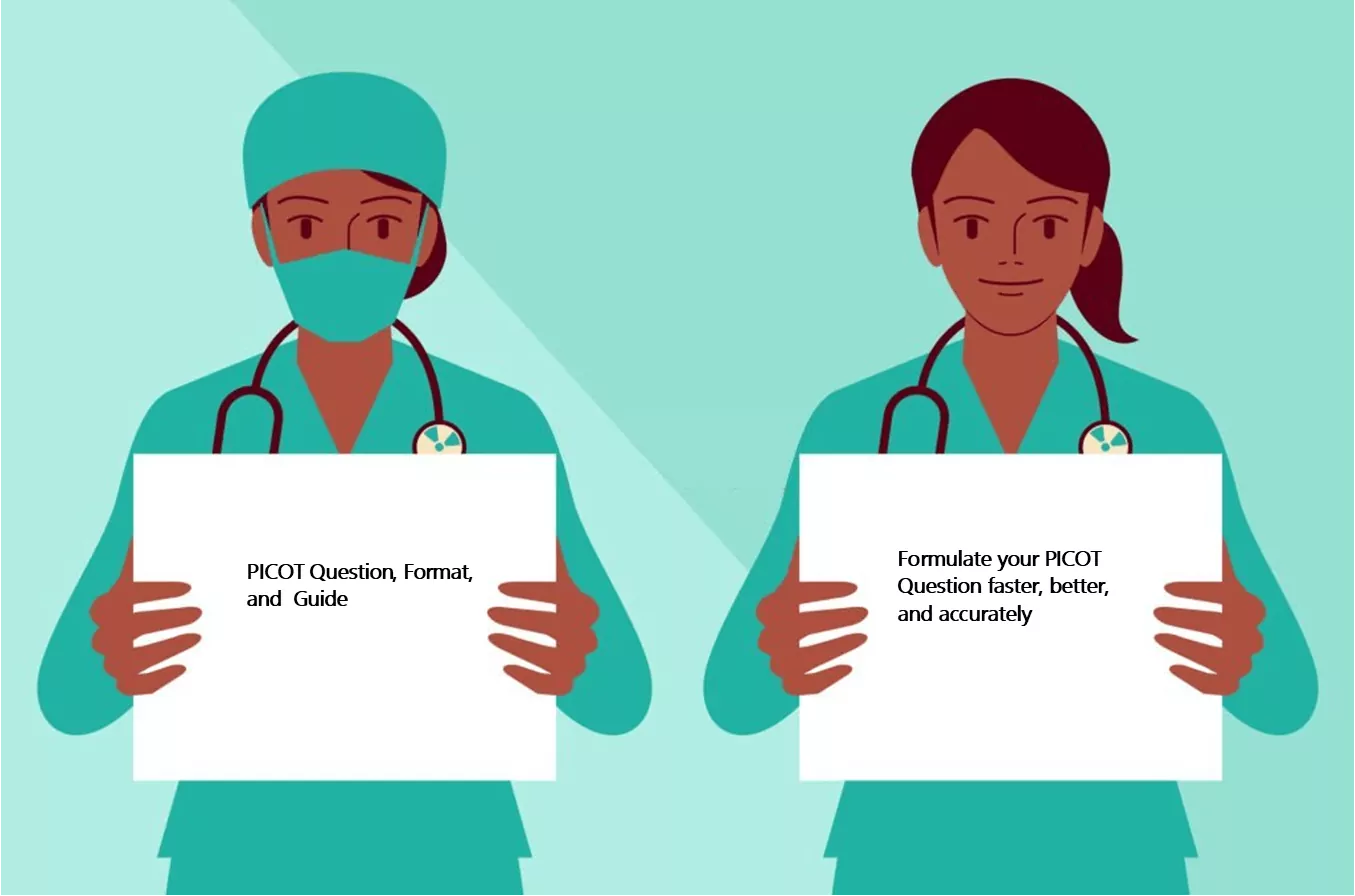picot paper example
Certainly! Below is an example of a PICOT paper, utilizing the PICOT framework to structure a research question in a healthcare context:
---
**Title: The Impact of Yoga Intervention on Anxiety Levels in Adult Patients Recovering from Cardiac Surgery**
**Introduction:**
Cardiac surgery is a common medical intervention for individuals with cardiovascular issues, and postoperative anxiety is a prevalent concern among patients during recovery. This picot in research paper aims to formulate a focused research question to explore the impact of a yoga intervention on anxiety levels in adult patients recuperating from cardiac surgery.
**PICOT Question:**
In adult patients (P) recovering from cardiac surgery, does the incorporation of a structured yoga intervention (I), compared to standard postoperative care without yoga (C), lead to a significant reduction in anxiety levels (O) over a six-week period (T)?
**Components of the PICOT Question:**
1. **Population (P):** Adult patients recovering from cardiac surgery.
- *Rationale:* The focus on adult patients ensures a specific target group, considering potential differences in response to interventions based on age.
2. **Intervention (I):** Structured yoga intervention.
- *Rationale:* Yoga is chosen as it has shown promise in reducing anxiety in various populations and may offer a holistic approach to support recovery after cardiac surgery.
3. **Comparison (C):** Standard postoperative care without yoga.
- *Rationale:* The comparison group is crucial to assess the specific impact of the yoga intervention, providing a benchmark against which its effectiveness can be measured.
4. **Outcome (O):** Reduction in anxiety levels.
- *Rationale:* Anxiety is a common concern post-cardiac surgery and addressing it can contribute to improved overall well-being and potentially impact the recovery process.
5. **Time (T):** Six-week period.
- *Rationale:* A specific timeframe is chosen to evaluate the short-term effects of the yoga intervention on anxiety levels during the initial stages of recovery.
**Literature Review:**
A thorough literature review will be conducted to explore existing studies related to the use of yoga interventions in cardiac patients and anxiety reduction. This will provide a foundation for understanding the current state of knowledge and identifying gaps that the proposed study aims to address.
**Methods:**
The study will employ a randomized controlled trial (RCT) design. Adult patients recovering from cardiac surgery will be randomly assigned to either the yoga intervention group or the standard care group. Anxiety levels will be assessed using validated scales before the intervention and at regular intervals throughout the six-week period. The yoga intervention will consist of structured sessions conducted by certified instructors.
**Expected Outcomes:**
It is hypothesized that participants in the yoga intervention group will demonstrate a significant reduction in anxiety levels compared to those in the standard care group. Findings from this study could contribute valuable insights into the potential benefits of integrating yoga into postoperative care for cardiac patients.
**Conclusion:**
This PICOT paper outlines a structured research question focused on evaluating the impact of a yoga intervention on anxiety levels in adult patients recovering from cardiac surgery. By adhering to the PICOT framework, the study aims to provide a clear and targeted investigation that can contribute to evidence-based practices in postoperative care.
---
Feel free to customize this example based on specific requirements or preferences.
